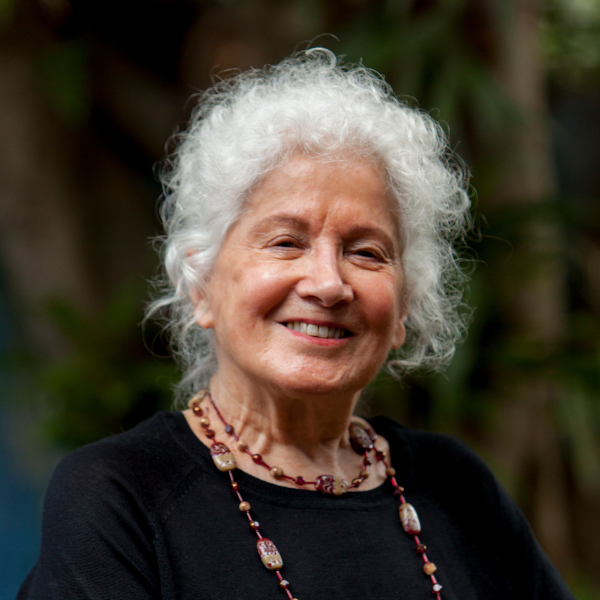In a mythical and timeless Brazil, before the arrival of the Portuguese, against a backdrop of forests, wild rivers, waterfalls, seas and mountains, there were a people who lived in a Land Without Evil, where life was good, food was abundant, there were freedom, joy, love and no diseases. Some prehistoric topographic accidents separated this territory from the big land, where Brazil would be today, inhabited by other peoples and tribes. Those folks who lived in the Land Without Evil were known as The First People, the heirs of the secret of this idyllic and desired place, which is the central conflict of the narrative. The First People are peaceful and know from their hearts that The Land Without Evil can only be found when one doesn’t look for it. The others do not get it and are sure there is a hidden map that can take them to the heart of this paradise where they could live forever. The Horsewomen protect The First People and are their allies. They live in a different territory, where they formed a strong army composed only by women. They have men as sex slavers so they can get pregnant and, when a baby boy is born, it is thrown away in a crag. The Horsewomen are soldiers and are always on war. But they aren’t mercenaries; they fight for their values, the most important being the protection of Nature. When battling, they count on the mythical creatures of the forest, like M’boitatá, the legendary fire snake that upturns the waters and provoke deadly tsunamis.
